‘A little oasis’: What travelers are missing by skipping Great Basin National Park
It’s going to be a big week at Great Basin National Park.
The park near the Nevada and Utah border is expected to be one of the best places in the country to see the annular eclipse on Oct. 14. That’s when the moon blocks out a large portion of the sun, leaving what looks like a “ring of fire” in the sky.
“Something like 96, 98% of the sun will be covered where we are, which is about as good as it's going to get,” Bradley Mills, lead astronomy ranger at Great Basin, told USA TODAY.
The park is hosting a series of events leading up to the eclipse and preparing for a spike in visitors. Typically, Great Basin is among the least visited national parks in the country, but there’s plenty to see beyond the eclipse.
Here’s what travelers should know about Great Basin, the latest in USA TODAY’s yearlong national park series.
What is special about the Great Basin National Park?
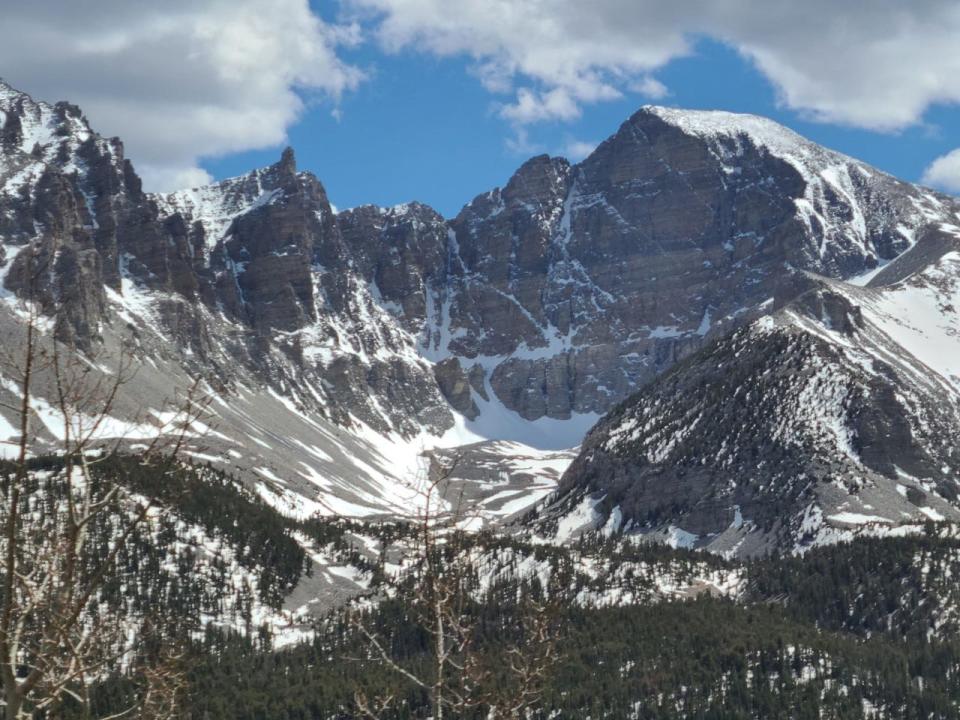
Great Basin National Park spans 77,000 acres of the much larger Great Basin, which stretches from Utah to California and up to Oregon.
The park boasts one of the highest points in Nevada, Wheeler Peak, and the state’s longest cave system, Lehman Caves.
“It’s got some of the biggest density of cave features of almost any cave,” Mills said. “You get some really unique things in there that you don’t get in other caves, like cave shields.
The park is also home to some of the oldest trees in the world, Bristlecone pines, which have been around for thousands of years.
“We're like a little oasis,” Mills said.
Great Basin’s remote location also makes it an excellent place to stargaze without light pollution, which the park further limits by using red lights and motion-activated lights at night, as well as glow-in-the dark curbs, so fewer lights are needed.
When can you see the Milky Way at Great Basin National Park?
“We're one of the darkest national parks and one of the darkest spots in the country because we are so far from everything,” Mills said. “On a really, really good night, you can see thousands and thousands of stars. In the summertime, the Milky Way is just stretching right above your head.”
The park is an International Dark Sky Park.
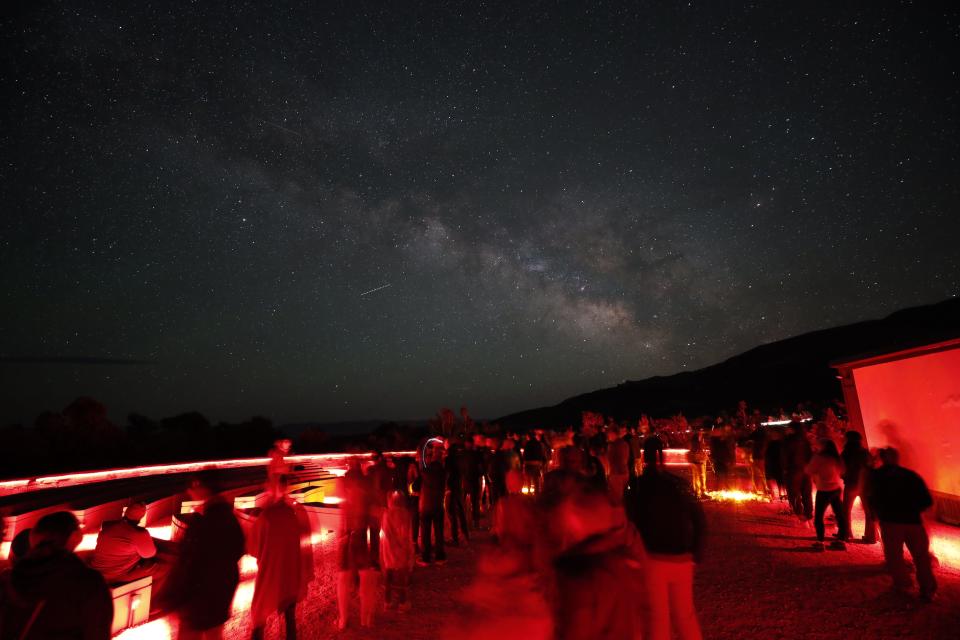
What is the closest town to the Great Basin National Park?
Great Basin National Park is located in eastern Nevada, less than five miles away from the small town of Baker, which has fewer than 250 residents, according to the U.S. Census.
The nearest major airport, Salt Lake City International Airport, is 234 miles away. Cedar City Regional Airport is closer, at 142 miles away, but only has regional service from Delta.
“We are one of the most isolated national parks, which is one of the best benefits for us,” Mills said. “It's why we have such good night skies, but it's also why we have so few people. It’s because not everybody is ready for this.”
“We are so, so remote,” he added. “You’ve got to show up with plenty of gas. You’ve got to be ready with plenty of water in case your car breaks down on one of these long roads. You’ve got to make sure you have enough food … You need to be prepared for a trip here.”
‘It’s pretty special’: Why Glacier Bay National Park is worth going out of the way for
Do you need a reservation for Great Basin National Park?
Neither a reservation nor an entry fee is required to visit Great Basin.
However, reservations are required for ranger-led tours of Lehman Caves. Tours of the Grand Palace cost $15 for visitors ages 16 and up and $8 for visitors ages five through 15. Tours of the Lodge Room cost $12 for visitors ages 16 and up and $6 for children ages five through 15. Discounts are available for Interagency Pass holders. Cave tour reservations may be made on Recreation.gov.
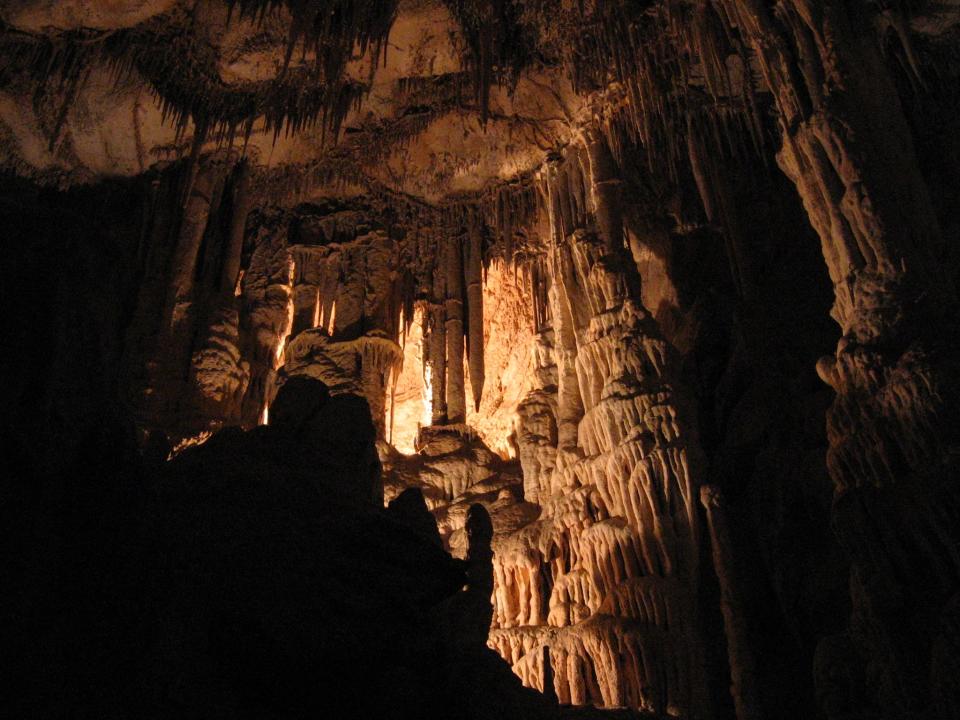
How many days should I spend at Great Basin National Park?
“If you're someone who's very into hiking, getting out and kind of being able to experience some solitude, I'd say three, four days,” Mills said.
He recommended one to two days for more casual travelers.
“That way you can get up, do all the hikes at the top of the scenic drive, which are some short nice, easy areas getting into some alpine lakes, letting you see the bristlecone pines,” he said. “Then another day would give you full access to being able to do all the ranger programs – get a cave tour, go to a camp campfire program, go do one of the astronomy programs.”
Visitors should note Wheeler Peak Scenic Road is the park’s only paved road and can close at any time of year due to snow, according to the park.
What is the best month to visit Great Basin National Park?
“Late September, early October is wonderful,” Mills said. “We start to get the fall colors, and you can start to get a different, quieter experience out here because during the summertime is when we get the vast majority of our visitors.”
He said the weather is perfect this time of year, though snowstorms are possible.
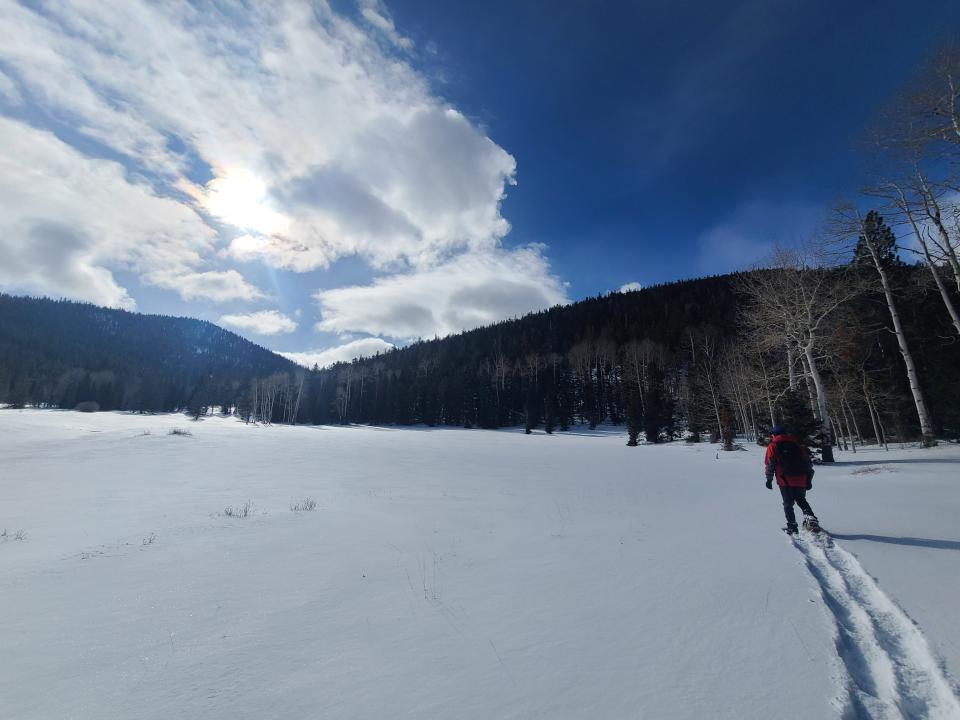
Are there hot springs in Great Basin National Park?
No.
“There's a couple of what we would call warm springs,” Mills said. “Smaller, little pools (where) the water’s like 80 degrees, so it feels more like a heated pool. … You get in, and it still feels cold.”
He noted most of Nevada’s hot springs are several hours away.
Who are the Native people of Great Basin?
“Several distinct tribes have historically occupied the Great Basin; the modern descendants of these people are still here today,” according to the park’s website. “They are the Western Shoshone (a sub-group of the Shoshone), the Goshute, the Ute, the Paiute (often divided into Northern, Southern, and Owens Valley), and the Washoe.”
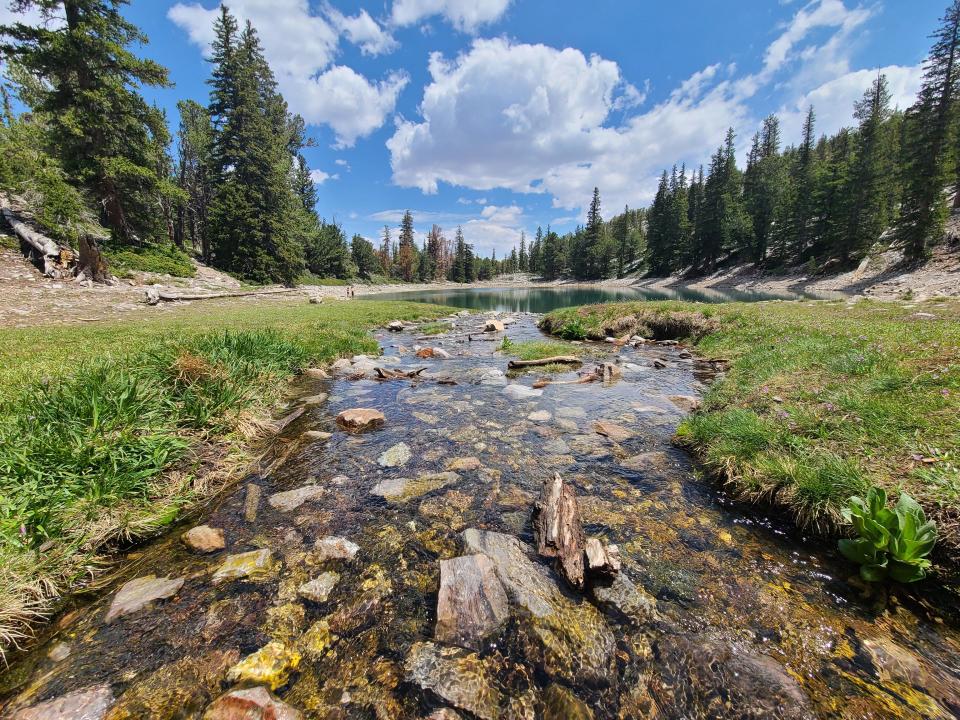
This article originally appeared on USA TODAY: Great Basin National Park is ‘so remote’ but so worth visiting

